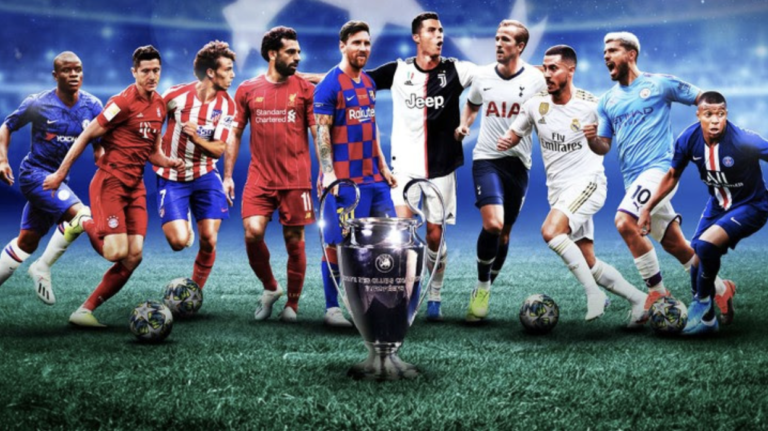Diego’s Dazzle: The 1986 FIFA World Cup and Maradona’s Masterpiece
Introduction:
In the vibrant stadiums of Mexico, the 1986 FIFA World Cup unfolded as the thirteenth edition of the tournament, leaving an indelible mark on the history of football. Hosted against the backdrop of a football-crazy nation, this World Cup witnessed the brilliance of Diego Maradona, iconic moments, and the rise of Argentina as world champions. In this blog post, we delve into the mesmerizing journey of the 1986 World Cup, exploring the magic of Maradona, the iconic Hand of God, and the enduring legacy it left on the global footballing landscape.
Mexico as the Fiery Stage:
Mexico served as the fiery stage for the 1986 World Cup, hosting the tournament for the second time. The passionate football culture of the host nation, combined with the captivating energy of the Mexican crowds, set the scene for a tournament that would go down in history as one of the most unforgettable.
Maradona: The Maestro’s Masterpiece:
The defining narrative of the 1986 World Cup was the virtuoso performance of Diego Maradona. The Argentine maestro not only led his team to glory but left an indelible mark with his dazzling skill, vision, and leadership on the pitch. Maradona’s impact transcended mere statistics; it was a poetic ballet of footballing brilliance.
The Hand of God and the Goal of the Century:
The quarterfinal match against England featured two of the most iconic goals in football history. The infamous “Hand of God,” where Maradona used his hand to punch the ball into the net, and the breathtaking solo run, often referred to as the “Goal of the Century,” showcased Maradona’s duality – a mix of cunning ingenuity and sublime skill that captivated the world.
Argentina’s Triumph:
In the final at the Estadio Azteca in Mexico City, Argentina faced West Germany in a match that lived up to the tournament’s thrilling standards. Maradona orchestrated the victory with his vision and playmaking, and Jorge Valdano’s goal secured a 3-2 win, making Argentina the champions for the second time.
Maradona’s Golden Ball and Golden Boot:
Diego Maradona’s stellar performances earned him the Golden Ball for the best player of the tournament, as well as the Golden Boot for being the top scorer. His eight goals and numerous assists underscored his influence and cemented his status as one of the greatest footballers of all time.
Legacy and Impact:
The 1986 World Cup left an enduring legacy, with Maradona’s performances etched into football folklore. The tournament showcased the extraordinary individual brilliance that could shape the destiny of a team. Maradona’s influence reverberated through subsequent generations, inspiring players and fans alike.
Conclusion: A Masterpiece in Aztec Soil:
The 1986 FIFA World Cup in Mexico was a masterpiece painted on Aztec soil, with Diego Maradona as the virtuoso artist. The tournament encapsulated the essence of football – drama, skill, and unbridled passion. As we revisit the magic of 1986, we celebrate the enduring legacy of Maradona’s masterpiece and the timeless moments that continue to define the spirit of the beautiful game.

